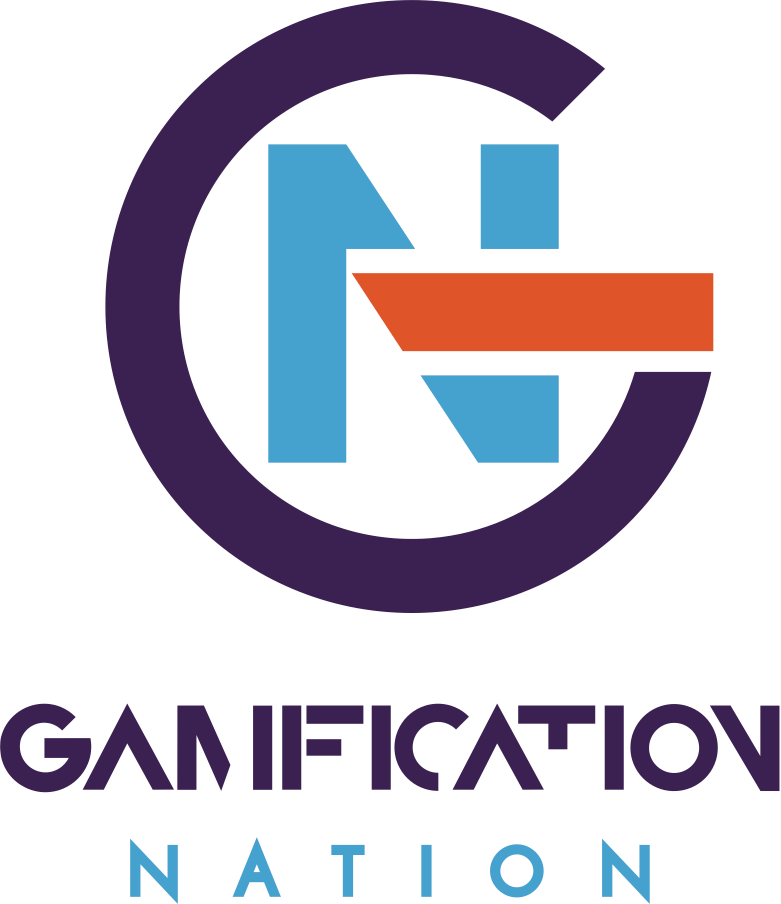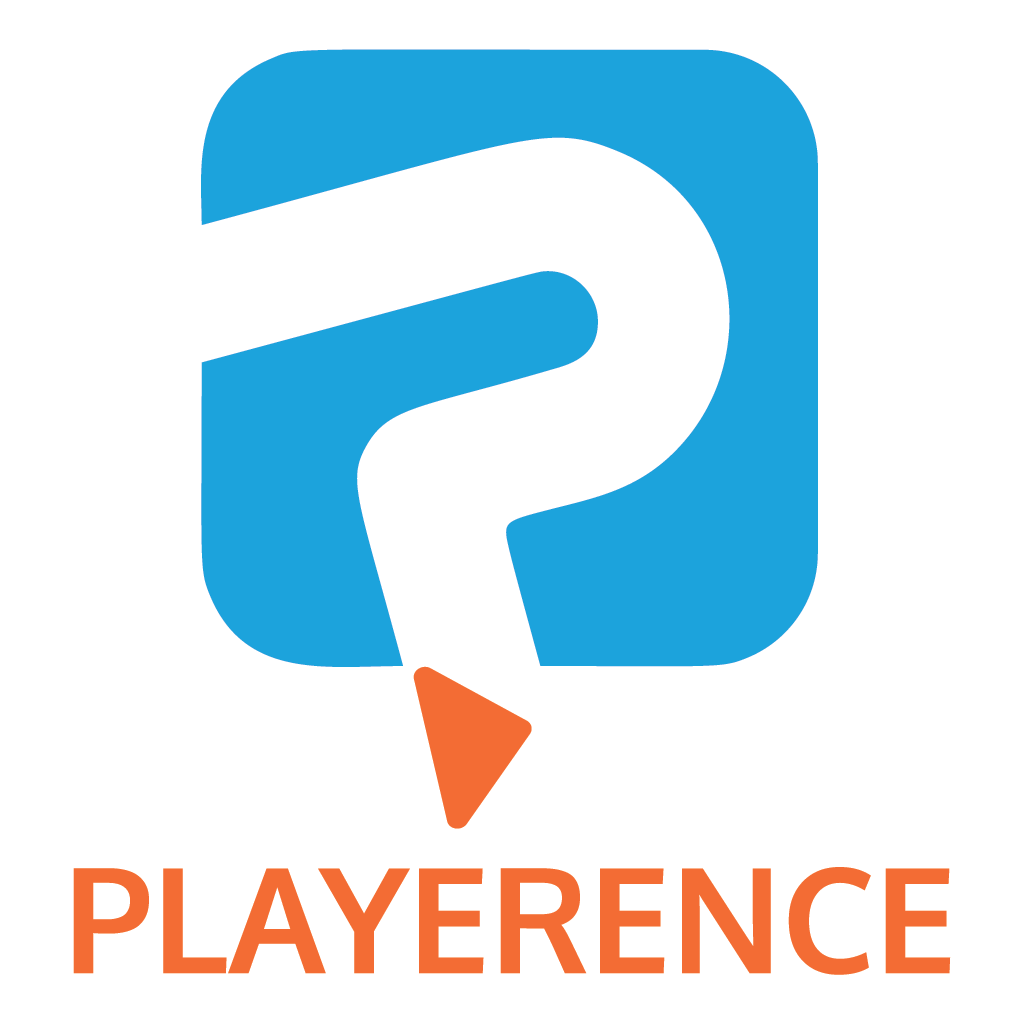At a meeting last week, a person had stood up and gave gamification examples, which all bore clear resemblance to examples I had given when training individuals in a gamification academy for the project. The examples given included a chore chart scenario for his children – very similar to my example of my work for the TV production “How long will you live” when I encountered a family with 6 children ranging between 2 and 17 at the time, an insurance example, similar to example of UK insurers who will reduce the insurance premium for young drivers if they are willing to fit a driving behaviour tracker and drive safely and defensively over the duration of the insured period and Duolingo the language learning application, which we went through as a case study. You will have seen most of these discussed on the blog before. Unfortunately, the points, badges and leaderboard systems were what had stood out, not the daily nudges and streaks, the winning together and driving behaviour change.
As a result of the presentation, a lady in the audience came to speak to me about her idea of having kids learning to want to become the best from an early age in sports and exercise. I told her in my usual point blank style that I feared this wouldn’t be the best idea. I see horror when there is pressure to be the best on children. I asked her to focus more on achieving together rather than competing to be the best. Simply because where there is a winner, by default there are also losers. The losers don’t always become determined to do better next time, a good amount will opt out and worse again some will internalise how they didn’t do so well, affecting their self-esteem. Her response was that she will talk to the other guy who wouldn’t mind introducing competition (he also has no experience in gamification design…).
I gave my best reasons why from a person centred design perspective, the approach of 1 on 1 competition especially around exercise may actually make more children quit then compete. Make it social fun and more children will play. As a basketball coach, I had the joy of training the first timers in the 5 to 7 year age category. Some of the kids took to basketball in an instant, others needed a lot of help to grasp the basics. So I made up games usually as a team, because it was a team sport and if everyone achieved we all won. We had zoo style game play, depending on what position you played, you had the habits of a different animal, for example a tall giraffe went close to the basket, an octopus had their arms everywhere on the top and was dribbling and passing like crazy to find opportunities, the monkey swung across the top of the rocket to create space and score from the free throw area or three point line. In training we practised with sound effects, which was totally hilarious.
The thing is, as a team the young boys learned better. Each individual still had personal goals, whether that was their first catch of a pass, first score in a game, first bit of team play, first successful pass to a team mate, etc. Because we were learning the very basics, there were a lot of firsts. When one of them carried out their first, I was the first to celebrate, they typically looked at me for their confirmation and you could see them grow a few cm’s when they had their first major step endorsed. In training we worked on supporting one another, to make sure as a team we got better. I had great fun and I know they did too, the noise factor at our training sessions usually had something to do with that as feedback.
For me, when people take my examples and make them their own, I also want them to keep the original intent intact. It made me very sad, when the lady turned around and said I will just ask the other person to make a competition. For me the children are the biggest losers. The thing with gamification design is that you really carefully want to consider the environment you want to create. The behaviours you want to encourage and look for ways to doing so that are natural in a given process.
We still have work to do when it comes to preventing bad gamification and sometimes even solid arguments will be put to the side for ease of adding the often superficial points, badges and leaderboards. They have a place, but are best used sparingly in my opinion, but storyline, feedback and providing a path to mastery is much more powerful in my view.
note: Whether there is a clear or accidental overlap of examples I am willing to accept that it could be the case. All I intended to point out that how we transmit our messages has a big impact to what people expect from gamification.




